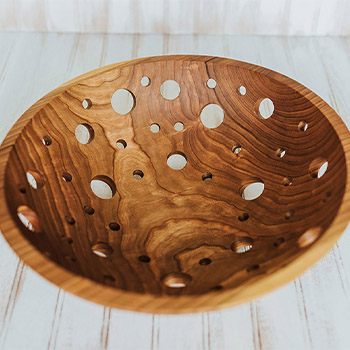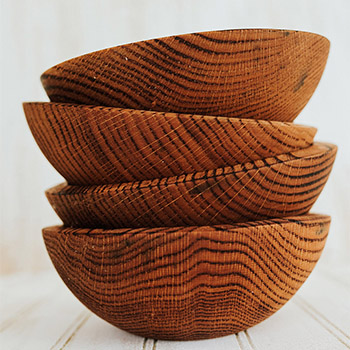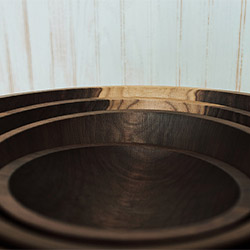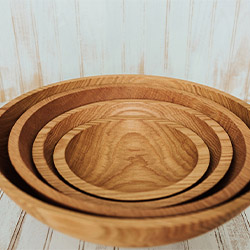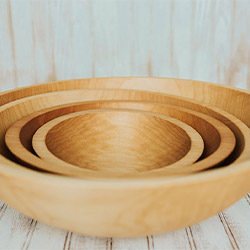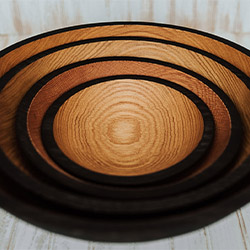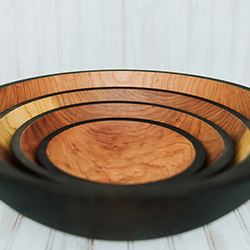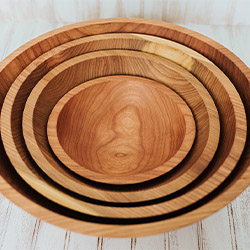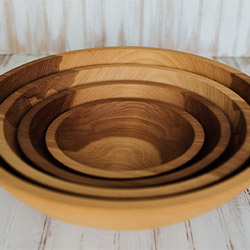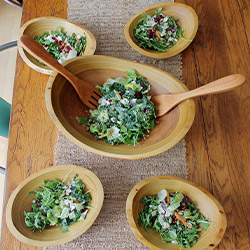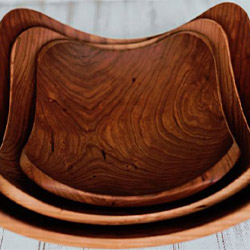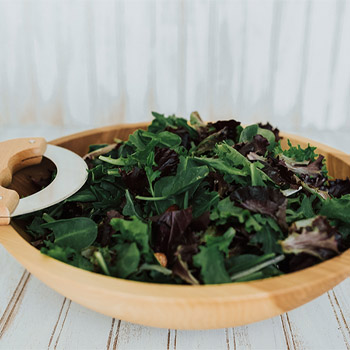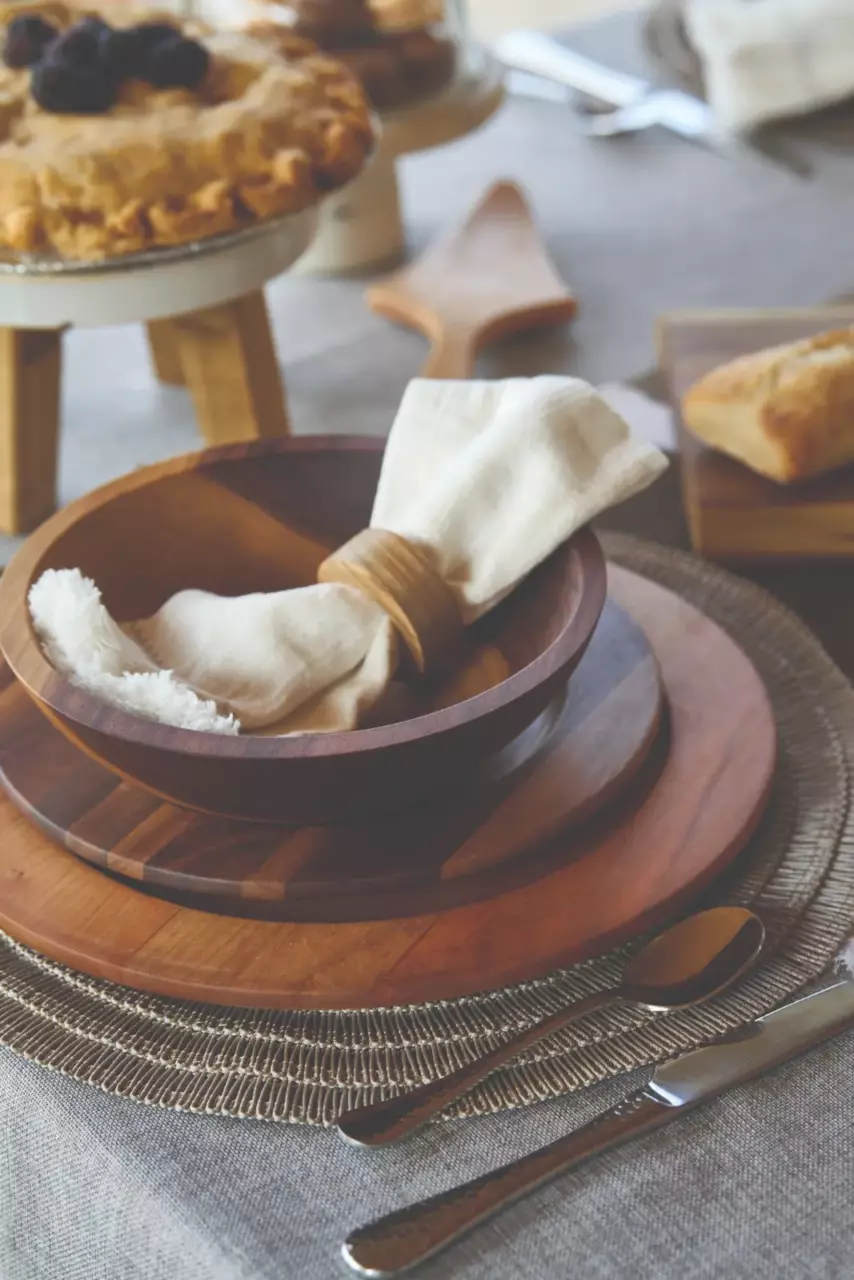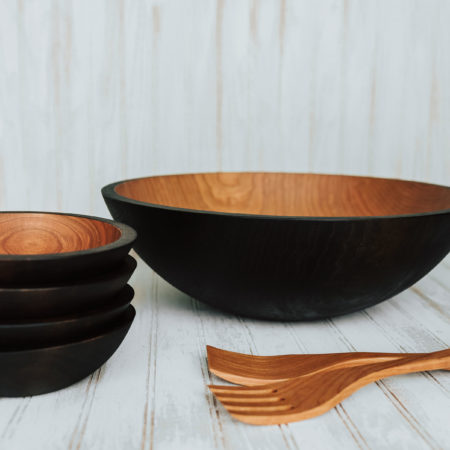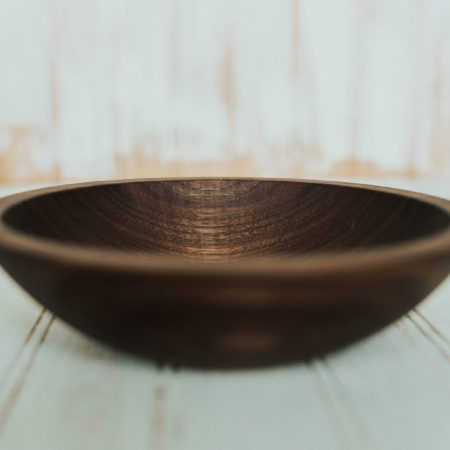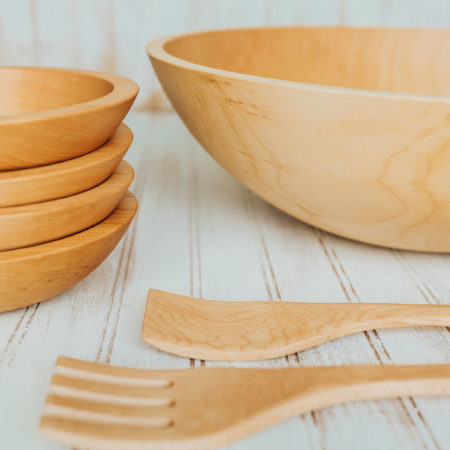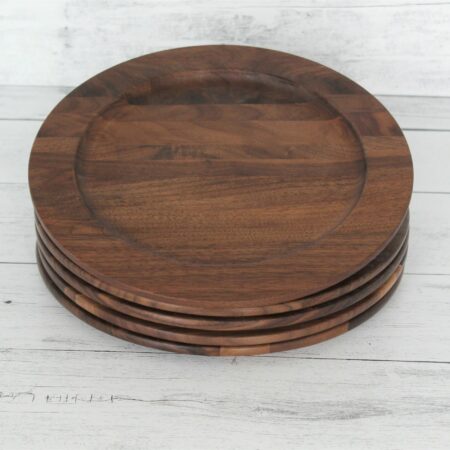You may not realize that choosing the right material for your serving platters can have a significant impact on food safety.
When it comes to hygienic serving platters, wood offers numerous benefits that you might not be aware of. From its natural antimicrobial properties to its durability and longevity, there are compelling reasons to consider wooden platters for your food service needs.
But what exactly makes wood a hygienic choice, and how does it compare to other materials?
Key Takeaways
- Wood’s natural antimicrobial properties reduce microbial growth on serving platters.
- Wooden platters are durable and long-lasting, resisting scratches and marks.
- Regular maintenance such as cleaning with hot, soapy water and applying food-safe finishes ensures hygienic use.
- Choosing wood for serving platters aligns with sustainable and eco-friendly food service practices.
Benefits of Wood for Food Safety
When selecting materials for hygienic serving platters, wood offers several key benefits for ensuring food safety. Wood has natural antimicrobial properties that make it suitable for food contact. Research has shown that certain types of wood, such as maple and walnut, possess antimicrobial effects, reducing the potential for microbial growth on the surface of the serving platters. This is particularly important when serving foods that aren’t cooked, as it helps prevent the spread of harmful bacteria.
Additionally, wood has the ability to absorb excess moisture, which can further inhibit microbial growth. When compared to materials like plastic or glass, which can retain moisture and create an environment conducive to bacterial proliferation, wood’s ability to wick away moisture makes it a favorable choice for maintaining food safety.
Furthermore, the natural density of wood makes it less susceptible to knife scarring and grooves where bacteria can thrive. This characteristic is especially crucial for serving platters, as they often come into direct contact with sharp utensils during food preparation and serving.
Antimicrobial Properties of Wood
To further explore the hygienic benefits of wood for serving platters, consider the antimicrobial properties that certain types of wood, such as maple and walnut, possess. When it comes to antimicrobial benefits, wood serving platters offer a natural advantage over other materials. Here’s why you should take note:
- Natural Defense: Wood, especially hardwoods like maple and walnut, contains natural compounds that can help inhibit the growth of bacteria. This natural defense mechanism makes wood serving platters a great choice for maintaining a hygienic food environment.
- Retention of Microbes: Research has shown that wood has the ability to absorb and retain microbes, preventing them from multiplying and contaminating food. This unique characteristic makes wood a reliable option for minimizing the risk of cross-contamination during food service.
- Sustainable Solution: In addition to its antimicrobial properties, wood is a sustainable and eco-friendly choice for serving platters. By opting for wood serving platters, you not only benefit from their natural ability to inhibit bacteria growth, but also contribute to a more environmentally conscious approach to food service.
Durability and Longevity of Wooden Platters
For a durable and long-lasting option for serving platters, consider the resilience of wooden platters, which offer a reliable and sturdy choice for your serving needs. Wooden platters are known for their exceptional durability, making them an excellent investment for both personal and commercial use. With proper care, wooden platters can last for many years, providing a timeless and elegant serving option for various occasions.
Durability is one of the key advantages of wooden platters. Unlike other materials, such as plastic or glass, wood is less prone to breakage or chipping, making it a practical choice for busy kitchens and dining environments. Additionally, wooden platters are less likely to develop scratches or marks from knife cuts, preserving their appearance over time.
To ensure the longevity of your wooden platters, it’s essential to follow some maintenance tips. Firstly, hand wash the platters with mild dish soap and warm water, and avoid soaking them for prolonged periods. After washing, thoroughly dry the platters to prevent warping or cracking. Additionally, it’s recommended to apply a food-safe mineral oil or beeswax finish regularly to maintain the wood’s moisture and prevent it from drying out or developing cracks.
Proper Maintenance for Hygiene
With the exceptional durability of wooden platters in mind, maintaining proper hygiene through regular cleaning and application of food-safe finishes is crucial for ensuring the safety and cleanliness of serving surfaces. Proper cleaning and sanitation techniques are essential to prevent contamination and ensure the longevity of your wooden serving platters.
Here are three key maintenance practices to keep your wooden platters hygienic and safe for serving:
- Regular Cleaning: After each use, wash the wooden platters with hot, soapy water and a non-abrasive sponge. Be sure to remove any food residue and dry the platters thoroughly to prevent moisture retention, which can lead to bacterial growth.
- Sanitation Techniques: Periodically sanitize the wooden platters by applying a solution of white vinegar and water or a mixture of bleach and water. Ensure that the platters are rinsed and dried completely after sanitizing to remove any residual cleaning agents.
- Food-Safe Finishes: Apply food-safe mineral oil or beeswax finish to the wooden platters regularly to maintain their luster and create a protective barrier against moisture and bacteria. Reapply the finish as needed, following the manufacturer’s instructions.
Natural Resistance to Bacteria
Wood has a natural resistance to bacteria, making it a practical choice for serving platters. The surface of wood has been found to inhibit the growth of bacteria, providing a hygienic option for serving food.
These natural antibacterial properties make wood an excellent choice for maintaining a clean and safe food presentation.
Bacteria-Resistant Surface
To ensure a hygienic serving platter, consider selecting a wood with natural bacteria-resistant properties. Wood offers a bacteria-resistant surface that makes it an excellent choice for serving platters. Here’s why you should opt for wood:
- Natural antimicrobial properties: Certain types of wood, such as teak and maple, contain natural oils and resins that have antimicrobial properties, inhibiting the growth of bacteria.
- Self-healing capabilities: Wood has the ability to self-heal small cuts and scratches, preventing bacteria from harboring in these crevices and ensuring a smoother, more hygienic surface.
- Easy maintenance: Proper cleaning techniques and regular oiling can maintain the bacteria-resistant properties of wood, ensuring food contact safety and prolonging the life of the serving platter.
Choosing wood for your serving platter not only enhances the aesthetic appeal but also provides a naturally bacteria-resistant and safe surface for food.
Natural Antibacterial Properties
Featuring natural resistance to bacteria, certain types of wood, such as teak and maple, possess antimicrobial properties that inhibit the growth of harmful microorganisms. When used for food contact surfaces, these woods can contribute to maintaining surface cleanliness.
Studies have shown that wood has natural antibacterial properties, making it a hygienic choice for serving platters. The porous structure of wood absorbs excess moisture that bacteria need to thrive, and natural compounds within the wood can actively fight and reduce bacterial populations.
This natural resistance to bacteria makes wood a reliable option for food contact surfaces, ensuring that harmful microorganisms are less likely to spread. Choosing wood for hygienic serving platters not only provides an aesthetically pleasing presentation but also promotes a cleaner and safer food service environment.
Hygienic Serving Option
When selecting serving platters for hygienic purposes, consider the natural resistance to bacteria offered by certain types of wood, such as teak and maple. Here are three reasons why wood is a great hygienic serving option:
- Sustainable Material: Wood is an eco-friendly choice, as it’s renewable and biodegradable, making it an environmentally conscious option.
- Customizable Designs: Wood offers a wide range of customizable designs, allowing you to choose platters that not only maintain hygiene but also add aesthetic appeal to your serving presentation.
- Natural Resistance to Bacteria: Certain woods, like teak and maple, possess natural antibacterial properties, which can help inhibit the growth of bacteria on the surface, making them a hygienic choice for serving food.
Choosing wood for hygienic serving platters not only ensures cleanliness but also aligns with sustainable practices and offers aesthetic versatility.
Safe Handling and Care Tips
Ensure you regularly clean and sanitize your wood serving platters to maintain their hygienic properties. Proper cleaning and safe handling are essential to prevent contamination and preserve the quality of your wooden serving platters. Here are some simple yet effective tips for safe handling and care to ensure the longevity and hygiene of your wood serving platters:
| Safe Handling Tips |
Cleaning Tips |
| – Always handle with clean hands and avoid contact with raw meat or fish. |
– Use a mild dish soap and warm water to hand wash the platters after each use. |
| – Avoid exposing the platters to extreme temperatures or prolonged moisture. |
– Rinse thoroughly and dry immediately with a clean cloth to prevent warping or cracking. |
| – Regularly inspect the platters for any signs of wear, such as splintering or deep scratches. |
– Periodically sanitize the platters by applying a solution of white vinegar and water, then let air dry. |
| – Store in a cool, dry place with good air circulation to prevent mold or mildew. |
– Apply food-safe mineral oil or beeswax regularly to maintain the wood’s luster and prevent drying or cracking. |
| – Use separate platters for raw and cooked foods to avoid cross-contamination. |
– Avoid soaking or putting wood platters in the dishwasher, as it can cause damage to the wood. |
Regulatory Compliance and Safety Standards
Now, it’s essential to consider safety regulations for wood used in serving platters and the hygienic benefits it offers.
Understanding the regulatory compliance and safety standards will help you ensure that the wood used meets the necessary requirements for safe food service.
Safety Regulations for Wood
To ensure regulatory compliance and safety standards when selecting wood for hygienic serving platters, it’s essential to prioritize materials that have been certified for food contact and are resistant to bacterial growth. When considering safety regulations for wood, the following key points should be taken into account:
- Look for wood that has been specifically approved for food contact to ensure it meets safety standards.
- Consider the porosity of the wood and opt for varieties that are less porous to minimize the risk of bacterial growth.
- Ensure that the wood has been treated with food-safe finishes or coatings that provide an additional layer of protection against contamination.
Hygienic Benefits of Wood
When selecting wood for hygienic serving platters to ensure regulatory compliance and safety standards, prioritize materials that have been certified for food contact and are resistant to bacterial growth. Wooden platters offer natural hygiene benefits, as wood has inherent antimicrobial properties that can help reduce the risk of foodborne illnesses.
Additionally, wooden platters are a sustainable serving option, as they’re biodegradable and renewable, contributing to eco-friendly food presentation. Choosing wood for serving platters aligns with food safety regulations as long as the wood is properly maintained and meets food-grade standards.
Final Thoughts
So, next time you’re looking for a serving platter that prioritizes hygiene, consider choosing wood.
With its natural antimicrobial properties, durability, and resistance to bacteria, wood is a safe and reliable option for serving food.
By properly maintaining and handling wooden platters, you can ensure they meet regulatory compliance and safety standards, providing peace of mind for both you and your guests.
Choose wood for a hygienic and worry-free dining experience.

